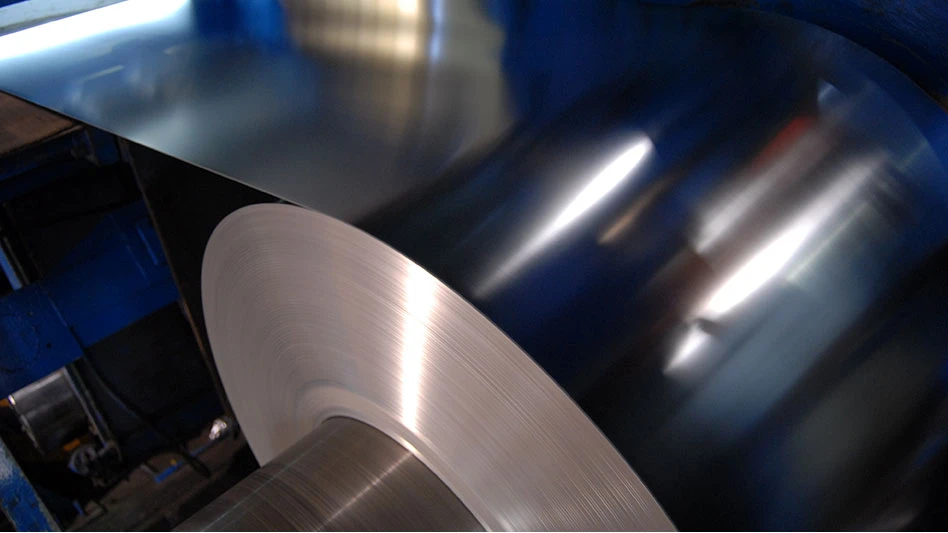European producers are likely to be the main victims of the growing global overcapacity for stainless steel production. Prior to the expansion of indigenous stainless steelmaking in some of the emerging countries, the European Union was the main supplier of stainless to the developing world. The EU15 was still a net exporter of stainless, to the tune of 1.6 million metric tons in 2008.
However, in recent years, many of these lucrative markets have become more than self sufficient. Chinese outturn has increased more than 22-fold in the last ten years. MEPS forecasts that China's stainless capacity will increase further over the next five years. This is likely to far exceed any potential growth in domestic demand and lead to increased availability on the world market.
Japanese consumption has been stable for most of the last ten years, but may never reach its previous levels. Many of its export markets have been lost to Chinese producers, while domestic industrial growth rates are sluggish.
Taiwanese producer Tang Eng has been forced to cut output in the last two months, and South Korea's Posco may restrict operations in January. However, growth in home demand should be sufficient for both countries to maintain their current capacities in future.
There will be inevitable expansion in stainless output in other developing economies, such as Russia, Brazil and India. Moreover, new primary production facilities in the US, scheduled for construction in the early part of the next decade, should minimize the need for imports into that great market.
The uncertain future for stainless manufacturing in Europe is, perhaps, foreshadowed by the recently reported agreement between Acerinox and its trades unions to facilitate production cuts of up to 50 percent through next year.
The subject of consolidation in the European market is complicated by the already small number of producers in the context of EU competition legislation. A merger between any two of the four major players would only be made possible by the shedding of some current steelmaking capacity. On the other hand, an alliance between a European company and a partner from the Far East, would be driven by a desire to expose the European market to greater volumes of more cheaply produced, Asian material. This, it seems, would also ultimately lead to the closure of mills in the EU. Meps
Latest from Recycling Today
- AISI, Aluminum Association cite USMCA triangular trading concerns
- Nucor names new president
- DOE rare earths funding is open to recyclers
- Design for Recycling Resolution introduced
- PetStar PET recycling plant expands
- Iron Bull addresses scrap handling needs with custom hoppers
- REgroup, CP Group to build advanced MRF in Nova Scotia
- Oregon county expands options for hard-to-recycling items





